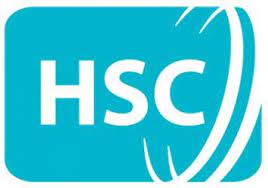Symptoms to Watch out for
The first symptoms are usually:
- fever
- vomiting
- headache
- feeling unwell
Red ticks show symptoms that are more specific to meningitis and septicaemia and less common in milder illnesses. Limb pain, pale skin and cold hands and feet often appear earlier than the rash, neck stiffness, dislike of bright lights and confusion.
The above leaflet is about meningococcal meningitis and septicaemia, or meningococcal disease. It answers the most common questions and provides information you may need if someone you know becomes ill.
For more information and to find out about other kinds of meningitis, click below to visit the website or call our free helpline. 1800 41 00 44
What are Meningitis and Septicaemia?
Meningitis means swelling of the lining around the brain and spinal cord. Septicaemia is blood poisoning caused by the same germs. They can occur together or separately.
Meningitis and septicaemia are caused by many types of germs, but meningococcal bacteria cause the most common serious kind. Meningococcal disease is very dangerous and can come on very quickly.
Am I at Risk?
The risk of getting the disease is very low. Although meningococcal disease is infectious and can cause outbreaks, 97 out of every 100 cases are isolated, with no link to any other cases.
The bacteria that cause the disease are very common: at any time about one in ten of us has them in our noses and throats without ever knowing they are there, and for most of us this is harmless. We pass the bacteria between each other by close contact (e.g. coughing, sneezing, kissing).
Usually we have to be in very close or regular contact with someone for the bacteria to pass between us. Even when this happens, most of us will not become ill because we have natural immunity.
The bacteria do not naturally live or survive for long outside the human body.
How do People get it?
People get the disease when the bacteria move from the nose and throat and invade the body.

